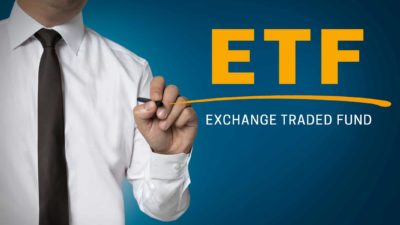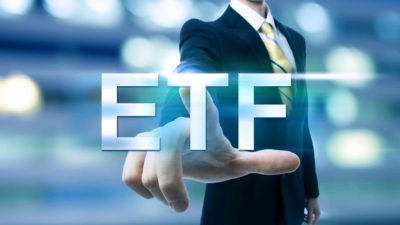The BetaShares Australia 200 ETF (ASX: A200) is one of the largest exchange-traded funds (ETFs) on the ASX, with a fund size of $5.7 billion. However, being large doesn't necessarily mean it comes with the desired amount of diversification.
One of the best reasons to own ETFs is the diversification they can provide. They give us the best opportunity to buy a group of companies in a single investment. And owning more companies spreads out the risks of things going wrong with a particular stock.
The A200 ETF invests in 200 of the biggest businesses on the ASX. It is the cheapest ETF focused on ASX shares, with an annual management fee of 0.04%.
That sounds like a wonderful way to gain access to a diversified portfolio of ASX shares.
Which ASX shares does the A200 ETF own?
There are 11 positions in the portfolio with a weighting of at least 2%. They include:
- Commonwealth Bank of Australia (ASX: CBA) – 9.8% of the portfolio
- BHP Group Ltd (ASX: BHP) – 8.7%
- CSL Ltd (ASX: CSL) – 6.4%
- National Australia Bank Ltd (ASX: NAB) – 4.9%
- Westpac Banking Corp (ASX: WBC) – 4.4%
- ANZ Group Holdings Ltd (ASX: ANZ) – 3.8%
- Wesfarmers Ltd (ASX: WES) – 3.7%
- Macquarie Group Ltd (ASX: MQG) – 3.4%
- Goodman Group (ASX: GMG) – 2.5%
- Woodside Energy Group Ltd (ASX: WDS) – 2%
- Telstra Group Ltd (ASX: TLS) – 2%
That list has a decent mix of ASX blue-chip shares, though it's clear that there are more ASX bank shares than other sectors.
Sector weightings
The ASX has a different sector makeup from other share markets. The US share market, for example, is heavily weighted towards technology businesses, while the ASX is dominated by mining and bank shares.
Similarly, I think the A200 ETF portfolio represents the Australian economy with its industry allocations. At the end of July 2024, these were the sector weightings:
- Financials (32.6%)
- Materials (19.7%)
- Healthcare (10.2%)
- Consumer discretionary (7.4%)
- Real estate (6.8%)
- Industrials (6.7%)
- Energy (5%)
- Consumer staples (4%)
- Communication services (3.6%)
- Other (4%)
As you can see, ASX financial shares and ASX mining shares alone made up over 52% of the portfolio. So, more than half of the portfolio is focused on mining (largely iron ore) and banks (which predominately lend to Australian and New Zealand households for mortgages).
Owning the A200 ETF enables better diversification than owning a few individual ASX blue-chip shares. However, it may not be the best choice for diversification on the ASX.
Another option
One competitor that comes to mind is the VanEck Australian Equal Weight ETF (ASX: MVW). While it doesn't own as many holdings, with 73 positions, its holdings are equally weighted across the companies to reduce sector concentration.
When the portfolio is rebalanced every quarter, every position such as JB Hi-Fi Ltd (ASX: JBH), WiseTech Global Ltd (ASX: WTC), Brambles Ltd (ASX: BXB) and REA Group Ltd (ASX: REA) have the same weighting as CBA, CSL and NAB. For diversification purposes, I think the MVW ETF might be a better choice.









